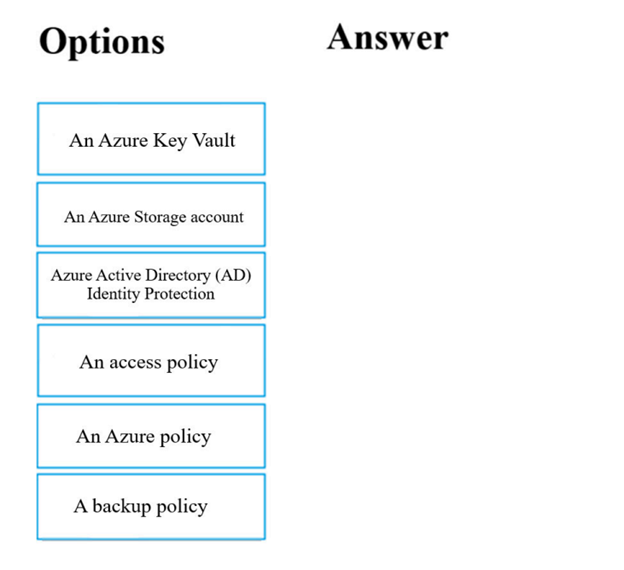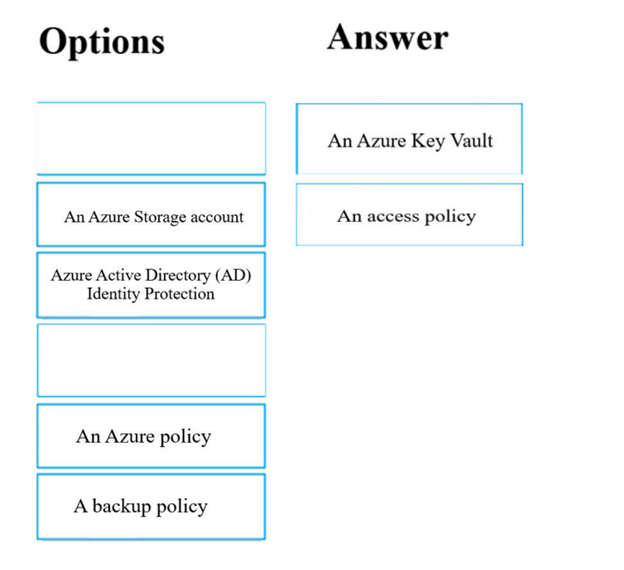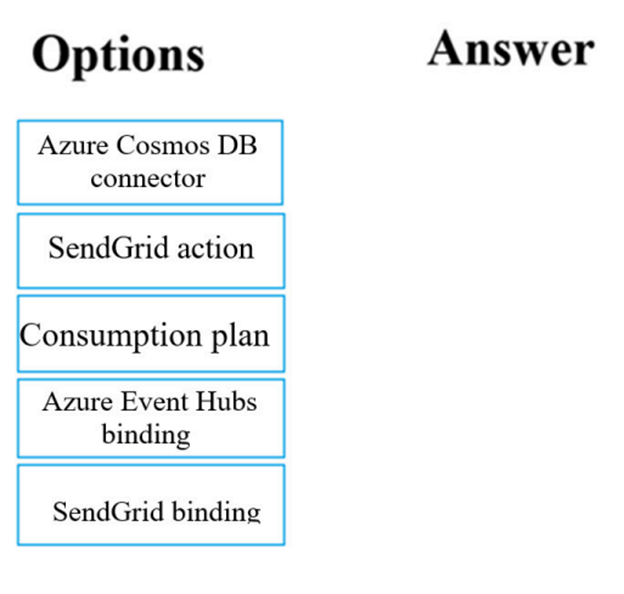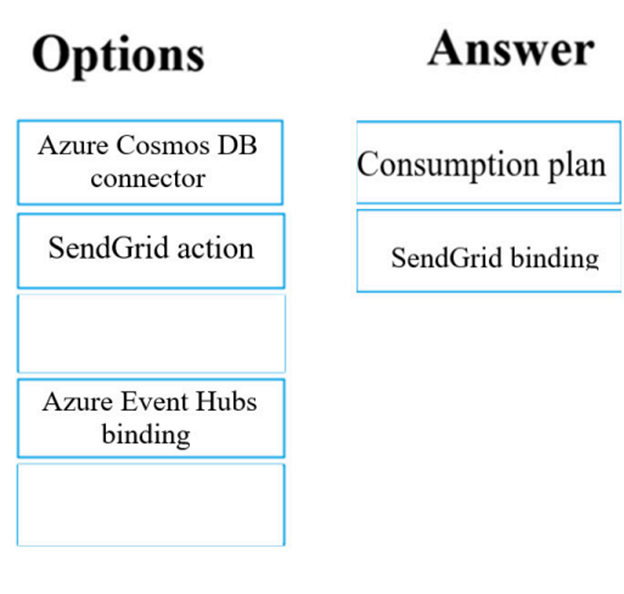You have two Hyper-V hosts named Host1 and Host2. Host1 has an Azure virtual machine named VM1 that was deployed by using a custom Azure Resource
Manager template.
You need to move VM1 to Host2.
What should you do?
A. From the Update management blade, click Enable.
B. From the Overview blade, move VM1 to a different subscription.
C. From the Redeploy blade, click Redeploy.
D. From the Profile blade, modify the usage location.
Answer : C
✅ Explanation:
In this scenario, VM1 is an Azure virtual machine, not a local VM running on your Hyper-V hosts. Azure VMs can't be directly moved between on-premises Hyper-V hosts using native Azure blades unless you export/import the VHD manually or use tools like Azure Site Recovery or backup/restore workflows.
However, since the question refers to options within the Azure portal and one of the hosts (Host1) is hosting the Azure VM, it's likely VM1 is linked through nested virtualization or Azure Stack, or perhaps "Host1" is used conceptually for a management context.
Let’s review the options:
A. From the Update management blade, click Enable
This is used to manage OS updates for VMs. It has nothing to do with VM migration or redeployment.
B. From the Overview blade, move VM1 to a different subscription
This moves the VM to another subscription, not to another host. So it's unrelated to the movement between Host1 and Host2.
C. From the Redeploy blade, click Redeploy
Redeploying a VM in Azure moves it to a new Azure host while keeping all configuration (OS, data disks, IPs, etc.). This is used to fix underlying Azure infrastructure issues. So this is the only correct option that moves the VM from one Azure host to another.
D. From the Profile blade, modify the usage location
Usage location affects billing and licensing, not physical or logical host placement.



